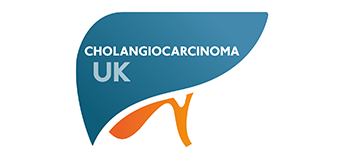AMMF’s Virtual 2021 European Cholangiocarcinoma Conference
Abstract No 9
Integrative analysis reveals early and distinct genetic and epigenetic changes in intraductal papillary and tubulopapillary cholangiocarcinogenesis
Benjamin Goeppert1,2, Damian Stichel3,4,5, Reka Toth6, Sarah Fritzsche1, Moritz A. Loeffler1, Anna Melissa Schlitter7, Olaf Neumann1, Yassen Assenov6, Monika Nadja Vogel8, Arianeb Mehrabi2,9, Katrin Hoffmann2,9, Bruno Köhler2,10, Christoph Springfeld2,10, Dieter Weichenhan6, Christoph Plass6,11, Irene Esposito12, Peter Schirmacher1,2, Andreas von Deimling3,4,5, Stephanie Roessler1,2
1 Institute of Pathology, University Hospital Heidelberg, Heidelberg, Germany
2 Liver Cancer Center Heidelberg (LCCH), Heidelberg, Germany
3 Clinical Cooperation Unit Neuropathology, German Cancer Research Center (DKFZ)
4 German Consortium for Translational Cancer Research (DKTK), Heidelberg, Germany
5 Department of Neuropathology, University Hospital Heidelberg, Germany
6 Cancer Epigenomics, German Cancer Research Center (DKFZ), Heidelberg, Germany
7 Institute of Pathology, Technical University of Munich, Munich, Germany
8 Diagnostic and Interventional Radiology, Thoraxklinik at University Hospital Heidelberg, Heidelberg, Germany
9 Department of General, Visceral and Transplantation Surgery, University Hospital Heidelberg, Heidelberg, Germany
10 Department of Medical Oncology, National Center for Tumor Diseases, University Hospital Heidelberg, Heidelberg, Germany
11 German Cancer Consortium (DKTK), Heidelberg, Germany
12 Institute of Pathology, Heinrich-Heine University and University Hospital of Düsseldorf, Germany
Objective
A detailed understanding of the molecular alterations in different forms of cholangiocarcinogenesis is crucial for a better understanding of cholangiocarcinoma (CCA) and may pave the way to early diagnosis and better treatment options.
Design
We analyzed a clinicopathologically well-characterized patient cohort (N=54) with high-grade intraductal papillary (IPNB) or tubulopapillary (ITPN) neoplastic precursor lesions of the biliary tract and correlated the results with an independent non-IPNB/ITPN associated CCA cohort (N=294). The triplet sample set of non-neoplastic biliary epithelium, precursor, and invasive CCA was analyzed by next generation sequencing, DNA copy number and genome-wide methylation profiling.
Results
Patients with invasive CCA arising from IPNB/ITPN had better prognosis than CCA patients without IPNB/ITPN. ITPN localized mostly intrahepatic, whereas IPNB was mostly of extrahepatic origin. IPNB/ITPN were equally associated with small- and large-duct type intrahepatic CCA. IPNB exhibited mutational profiles of perihilar and distal CCA, while ITPN had significantly fewer mutations. Most mutations were shared between precursor lesions and corresponding invasive CCA but ROBO2 mutations occurred exclusively in invasive CCA and CTNNB1 mutations were mainly present in precursor lesions. In addition, IPNB and ITPN differed in their DNA methylation profiles and analyses of latent methylation components suggested that IPNB and ITPN may have different cells-of-origin.
Conclusion
Integrative analysis revealed that IPNB and ITPN harbor distinct early genetic alterations, IPNB are enriched in mutations typical for extrahepatic CCA, whereas ITPN exhibited few genetic alterations and showed distinct epigenetic profiles, and IPNB/ITPN may represent a distinctive, intermediate form of intra- and extrahepatic cholangiocarcinogenesis.
Contact information
Stephanie Roessler, PhD
Institute of Pathology, University Hospital
Im Neuenheimer Feld 224
69120 Heidelberg, Germany
Tel: +49 6221 56-35109
Email: Stephanie.Roessler@med.uni-heidelberg.de
This study was accepted for publication in Gut: 2021 Jan 19:gutjnl-2020-322983. doi: 10.1136/gutjnl-2020-322983.
To view the poster, click here
Back to previous page






